
The Pixel 7 Pro is arguably the best Made by Google device to date, but where does that leave the Pixel 7? Here are our long-term thoughts six months after launch.
9to5Google has a rebooted newsletter that highlights the biggest Google stories with added commentary and other tidbits. Sign up here!
Last year the Pixel 6 was the price-to-performance champion for Google. On paper, the Pixel 7 offers little new. It’s merely a cheaper, more accessible option in the Pixel 7 series that acts as an entry into a growing list of Google devices and services all without a high price tag. It isn’t the best phone on the market, but it could be the best phone for many people within its price bracket.
Thanks to Casetify for sponsoring 9to5Google on YouTube!
Table of contents
Design and hardware
Google’s entry flagship for late-2022 and the majority of 2023 is smaller and more squared-off than the Pixel 7 Pro. It’s hard to slap the “small flagship” tag on this device, but it’s certainly more compact, and that is an important distinction for anyone wanting a premium product with more pocketable dimensions.
The core formula remains identical to the Pixel 6, but with more emphasis on the smaller size. Decreasing the screen to 6.3 inches should be negligible. Instead, it’s a meaningful difference given the smaller side rails. I do miss the matte black finish on the extremities of the chassis as this was a playful throwback to the Pixel 4 series. There’s certainly a greater cohesion, although the brushed aluminum frame looks vastly superior to the shiny, glossy finish found on the Google Pixel 7 Pro. It seemingly hides scuffs and scratches more readily, too.
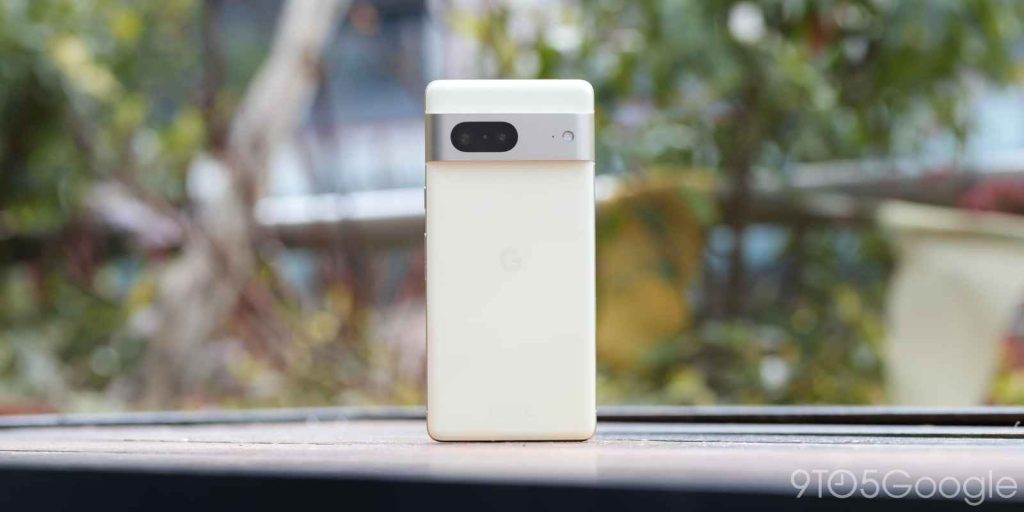

When using similarly priced entry-level flagships, the Pixel 7 has the edge when it comes to usability. While I wouldn’t call it “small” in the traditional sense, it has greater one-handed usability. The flat front panel provides a lip for better in-the-hand manipulation without requiring hand contortion. I’ve regularly used this device without a case because the svelte dimensions deserve to be appreciated. Button placement is perfect with the volume keys and power button always within reach. The fingerprint scanner is marginally easier to reach and feels more accurate because full coverage with you shouldn’t need to stretch out to reach the activation zone.
When switching back and forth between the Google Pixel 7 and 7 Pro, I’m instantly attached to the smaller footprint, and now that we’re on the cusp of the Pixel 7a launch, I’m intrigued by what an even more compact phone can offer.
The Lemongrass finish has been perfect for hiding fingerprints and scuffs, so I’m content to use it without a case. I’d be lying if I said I didn’t miss the two-tone finish. The colors this year feel more muted, but it’s that cohesion process to create a visible design language across the series. Picking the brightest color is well worth it in my opinion.
Like the Pro, the protruding camera bar is susceptible to dings and scratches. The matte brushed finish hides these well, but I do pair with Google’s official Pixel 7 case fairly often. This has been the perfect extension of the device albeit a little bulkier than I would like. A slim case is something I would suggest unless masses of protection are a priority for you.
A case might be worth it as some of the screen edges can feel sharp. The rounded frame edges are infinitely more comfortable than the Pixel 7 Pro, but it’s areas such as this where Google needs to pay more attention moving forward. Like the Pixel 7 Pro, the build quality has improved substantially. In many ways, the Pixel 7 has seen a greater improvement in this regard.
There is zero chassis flex and the phone also feels “dense” in the hand without being overly heavy or unwieldy. This has been one of the most pleasing aspects of the Google Pixel 7. I found that the Pixel 6 had a few issues after extensive usage. No such problems appear to exist here.
One key differentiator between the Pixel 7 and 7 Pro is the usage of a flat AMOLED screen on the base model. Are people over curved screens? It certainly seems so. At 90Hz, it’s a good screen with solid viewing angles and the improved 1400-not peak brightness. Upping the max brightness is a big and important boost for outdoor viewing.
I wouldn’t say it’s perfect, because direct lighting obscures the dark theme too much. We’re also overdue a 120Hz panel if the 7a launches with a 90Hz screen as expected, but we’ll just have to wait and see. Make sure you use the “Force peak refresh rate” toggle in Developer options to ensure a smoother experience.
The UI scaling at the default settings might need to be tweaked if you’re used to bigger phones. Sometimes text and interface content can be hard to see. That said, a quick change in the Display settings makes all the difference. It’s a borderline exceptional screen that is enhanced with a high refresh rate.
Software and performance

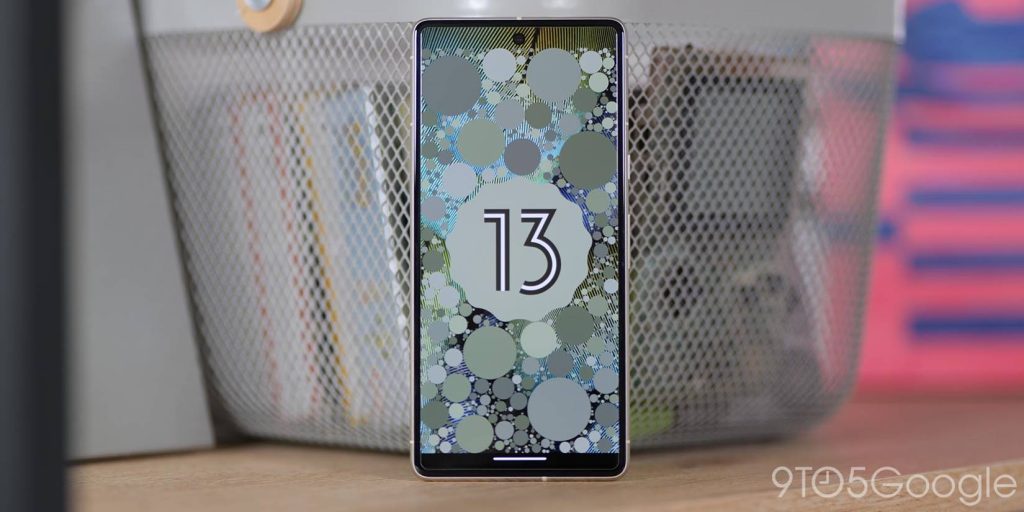
This isn’t the peak Pixel phone right now. A Tensor G2 processor still makes the cut, but the RAM is capped at 8GB. In some regions, you can only pick up the device with 128GB of UFS 3.1 storage, which could be frustrating. You can see that lots of the first-generation Tensor performance problems have been ironed out. Six months after launch, it is starting to fall behind the flagship chipset pack, but we’re not sure that matters all that much.
Using the Pixel 7 day-in-day-out is a super slick experience. It feels in lockstep with the Pixel 7 Pro, which has more RAM but all of the same core internals. At no point does the device get bogged down or laggy. It can run a little hot here and there, which might lead to some thermal throttling if you push things and do lots of intensive tasks and demanding apps. In those instances, Google’s move to an internally developed chip can feel annoying when the Qualcomm 8 Gen 1 and now the Gen 2 are leading the way for Android.
Heat management needs to be a major focal point for the next Tensor processor. Mobile gamers should probably steer clear, but for the “average” buyer you have a wealth of functions and features baked into Android 13 that you’ll likely love and the Pixel 7 will run just as fast as you need it to. Sure, there aren’t masses of new additions. The latest build of Android just feels more cohesive and consistent. It’s far from perfect as a few things need tweaks to improve usability such as the Quick Settings toggles. Elsewhere, it’s a clean, light, and slick experience.
I personally found that the regular Pixel 6 in-display scanner was sometimes an issue. Switching out the scanner on the Pixel 7 series has been an important one. Even after registering my thumbprint just once, I’m getting fairly fast unlocks with no issues or problems. It’s still not fast, but even since launch, Google has tuned the speed so that it’s marginally quicker some six months on. The Face Unlock option feels like a backup option and, honestly, something I’ve not even used given the fingerprint scanner improvements.
Camera performance and flexibility

Images produced by the Google Pixel 7 are practically identical to its bigger brother with the main and wide lenses. Despite being a dual camera system, it can do almost everything you could ask of a modern smartphone. Not having a dedicated telephoto is a bugbear but forgivable on a device at under $600. Even without this extra lens, the Pixel 7 has a flagship-grade camera.
Super Res Zoom has improved dramatically now that it can use an enhanced sensor cropping technique to get borderline-usable 8x images with some digital sharpening. This is going to be fine for moderate usage, but the 5x zoom on the Google Pixel 7 Pro is something I do sorely miss when doing touristy things or wanting to punch in to get a better view. The 2x punch-in is almost as good as a dedicated lens for what it’s worth, and it’s great that you don’t lose out on quality when reframing a subject.
It’s a shame that we can’t get a Pixel 4-type deal with a wide and telephoto camera system rather than a wide and ultrawide setup. Sure, it makes more sense for most people, but a telephoto is infinitely more useful to me than a wider field of view. The 50-megapixel main sensor has a decent field of view right out of the gate plus working autofocus – which is missing on the ultrawide lens.
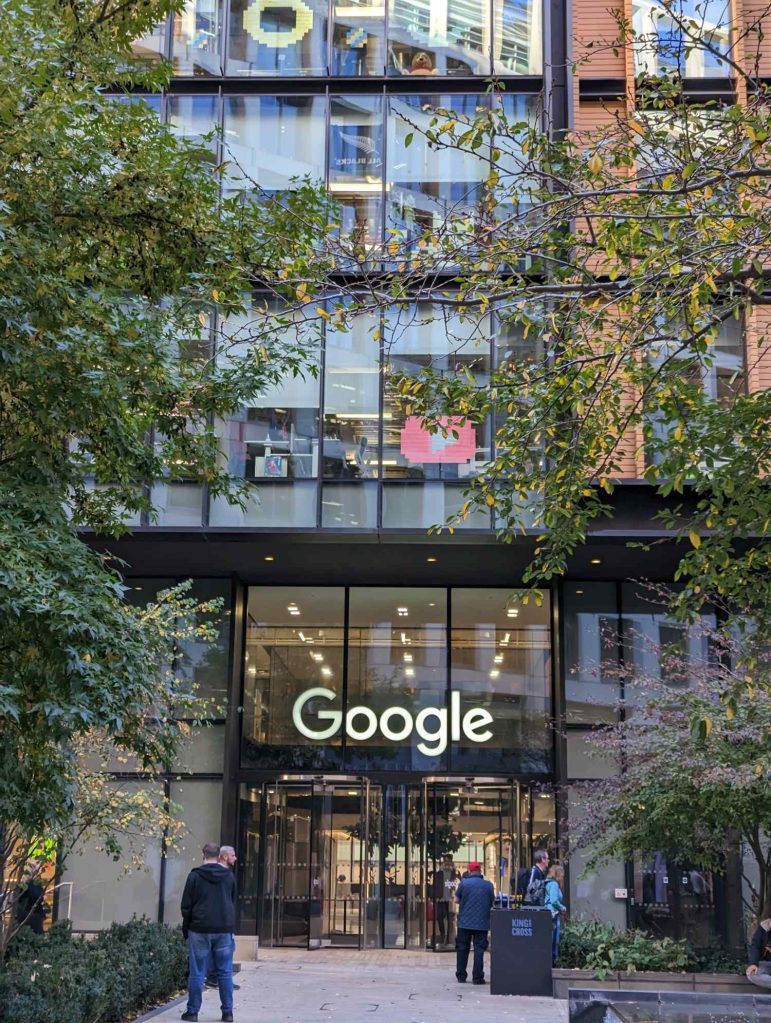



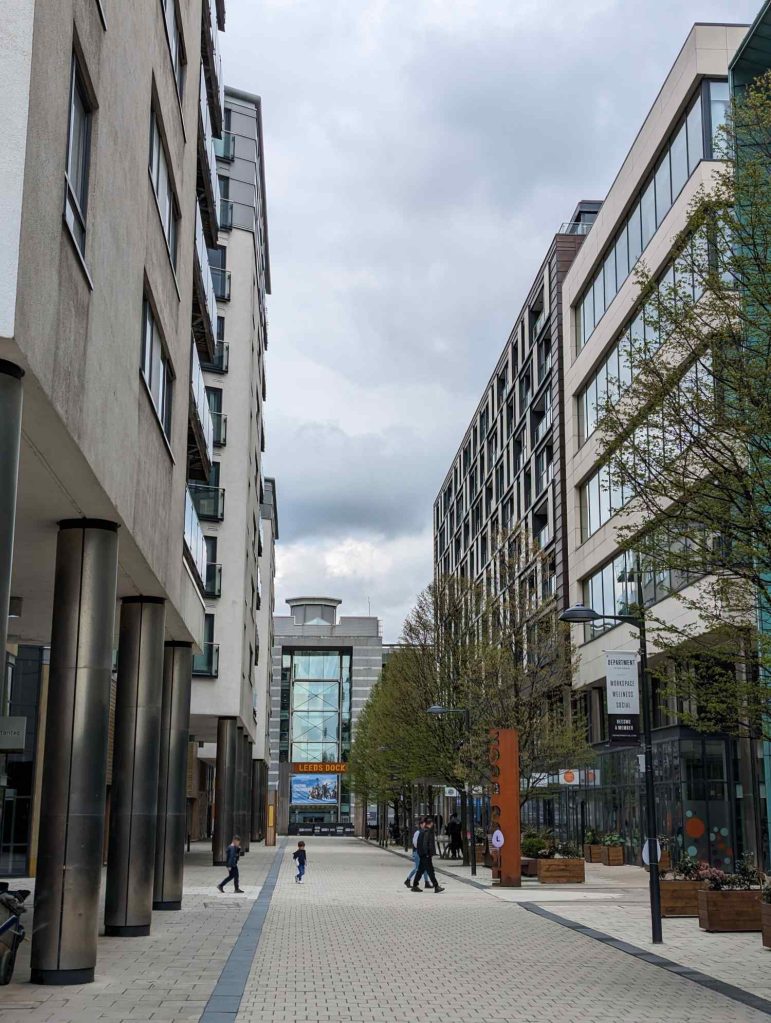


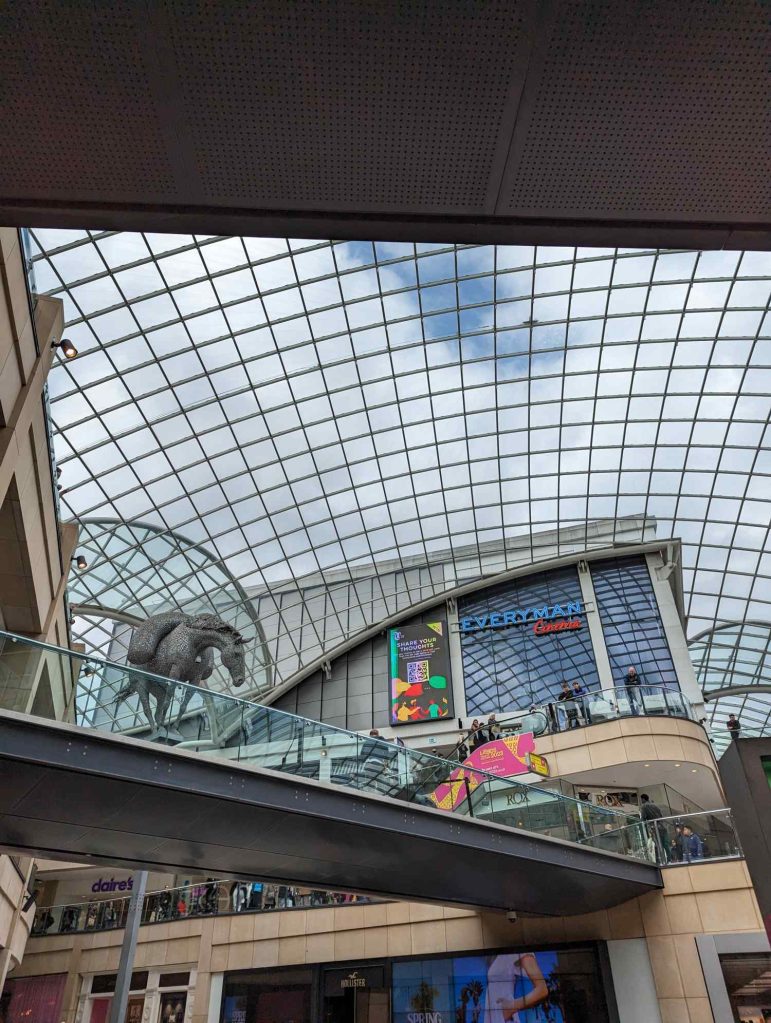
HDR processing for a phone at this price point is truly impressive. Low-light, moving subjects, and just about any photographic scenario are catered for. Sadly, the Macro mode is not available on the regular Pixel 7. It would have been nice to have this option, but the lack of telephoto is why we can’t use it here. That said, after six months with both devices, I can’t say it’s a huge loss.
Like the Pixel 7 Pro, images are always exposed well with tack-sharp photos almost guaranteed no matter the lighting conditions. I find that sometimes lens flares can be added after post-processing is applied, but this is a rarity.
Unless you’re willing to go with an older flagship phone such as the Galaxy S21 or S22 Ultra, then there are very Android phones offering such excellent point-and-shoot results. That even includes many current flagship-level handsets over the $1,000 threshold. Simply put, this is the best bang-for-your-buck smartphone camera period.
That only applies to the stills capabilities though. Video is still a weak point for the Pixel series camera systems. It is fine and I’ve abused the 4K 60fps recording capability to no end while using the device since launch. Focus tracking and overall video quality needs to be tuned to start to compete with Samsung and Apple. Plus, the overheating when shooting high-framerate video at 4K with the Google Pixel 7 is incredibly tiresome.
Battery life and charging
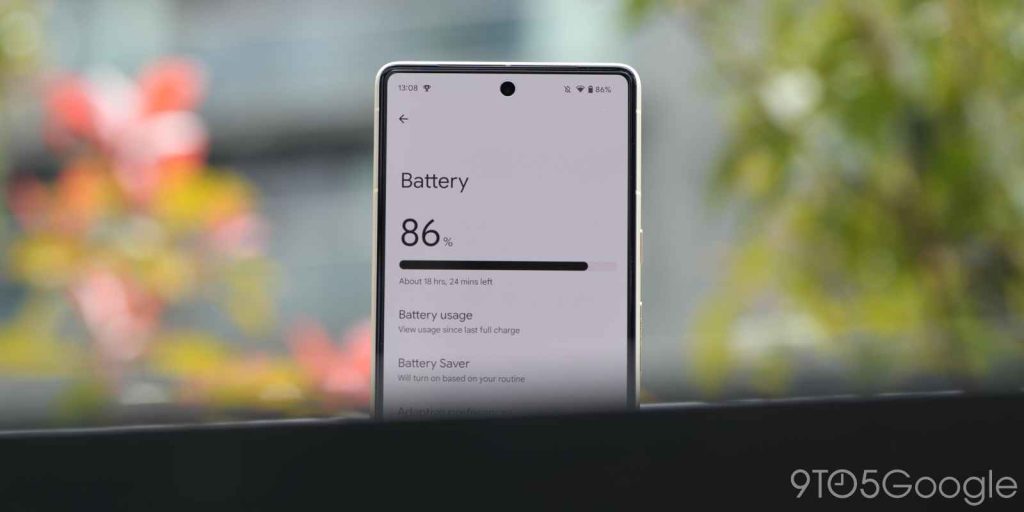
A long-lasting battery is guaranteed with the Google Pixel 7 even despite a fairly middling 4,355mAh internal cell. I’m still able to get just short of two days of moderate use with my unit. That’s more than enough for my own use case but might fall short of anyone tied to their screen for 10+ hours per day.
I have found that I can squeeze out more hours of usage here than with the Pixel 7 Pro. That doesn’t come as a huge surprise to me as the Pixel 6 offered greater longevity than its stablemate last year. It’s impressive given the cell limitations, but not overly so.
The biggest reason why it’s not as impressive as it maybe could be is that we’re seeing Qualcomm Snapdragon 8 Gen 2 devices hit two days without breaking a sweat. To get anywhere close to that you’ll need to avoid power-intensive apps to get beyond a day of lifespan from the Pixel 7. For most people, it’s no doubt going to be fine.
Anyone that needs more juice, then you should be looking elsewhere in our opinion – up your budget and look at anything with a Qualcomm Snapdragon 8 Gen 2 processor. A mid-day resuscitation of the Pixel 7 might be needed if you are glued to your phone screen or require battery-sapping apps like Google Maps all day long.
Another complaint that applies across the entire Pixel 7 spectrum is the slow charging. I’m sure there’s a case for cell longevity with limited charging because fast charging can degrade batteries. Even if that is an argument, it’s no excuse for Google to offer such low top-up speeds.
Waiting over an hour to fully charge your phone in 2023 feels archaic. It’s worse when you consider that the advertized 30W speeds aren’t even available. This has been a constant annoyance that is hard to overlook when using this phone daily. One of the few upsides is that in my experience, I’m only charging once every couple of days, so the frustration is tempered somewhat.
Final thoughts

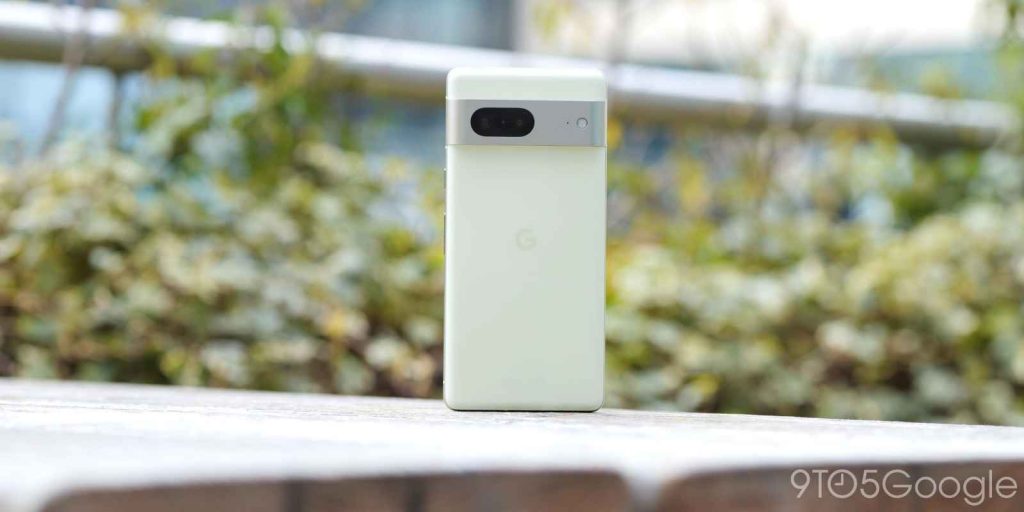
One of the most prominent things to note is that, in many ways, Google outdid itself with the Pixel 7 series. Our own expectations were tempered ahead of the Made by Google 2022 launch event. The reason is that the device duo only received minimal upgrades across the board. These admittedly minor tweaks shouldn’t have made as much difference.
The Pixel 7 is not the biggest and best Google phone you can currently buy. It’s a side note or an entry into the growing Made by Google ecosystem. Often, an entry-level model comes with substantial compromises. Like the Pixel 6, the cost-cutting measures are appropriate for a sub-$600 device. Last year this actually resulted in a superior handset for better or worse.
Unlike last year, the Pro model is certainly a better buy if you are willing to front up the extra cash and want the “full-fat” Pixel experience and arguably one of the best smartphone photography packages. Where Google has hit a home run is in the “core” package as this hits all of the main bases while reducing the glaring issues. My colleague Ben Schoon said in his initial review of the Pixel 7 Pro that Google is “figuring it out,” and that hits the nail right on the head even where the regular version is concerned.
With the Pixel 7a on the horizon and discounts already plentiful, if you just want a competent Android phone that has an exceptional camera and – some would say – the best software experience, then the Google Pixel 7 is where you should look even six months into its life cycle.
FTC: We use income earning auto affiliate links. More.


Comments